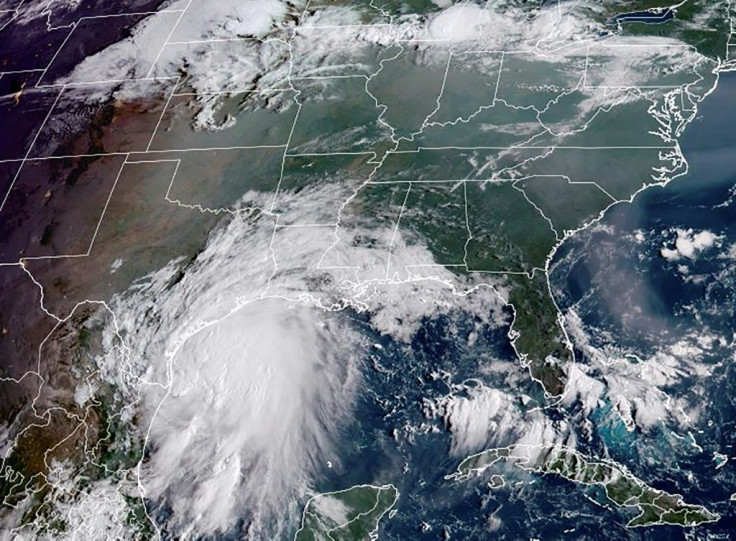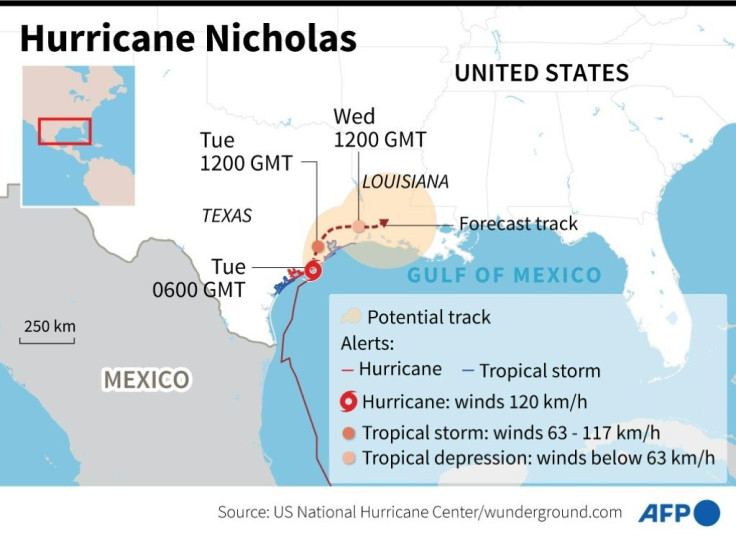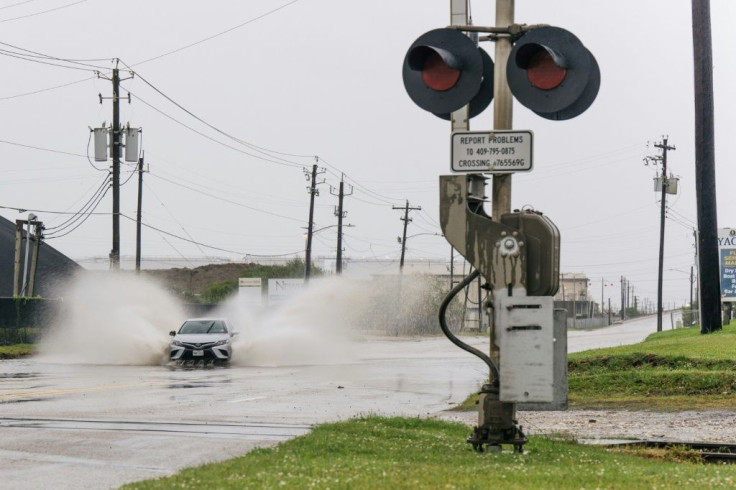Storm Nicholas Weakens But Leaves 450,000 Texas Homes Without Power
Tropical storm Nicholas weakened as it moved inland Tuesday, lashing Texas after flooding coastal towns with dangerous storm surges in the southern US state and leaving nearly half a million homes without power.
Nicholas barreled ashore overnight and raked the coastline as a Category One hurricane, and then quickly set its sights on Houston, Texas's largest city.
Electricity provider CenterPoint reported more than 450,000 customers in the area were without power early Tuesday, although that number had dropped below 380,000 by late morning.
Other than widespread outages, the city of 2.3 million people largely dodged a bullet.

"This storm could have been a lot worse for the city of Houston," Mayor Sylvester Turner said at an emergency operations meeting, noting there were no recorded storm-related deaths in the area.
"I think we fared fairly well," he added.
Parts of Houston were devastated by Hurricane Harvey in 2017.
Perhaps mindful of the damage four years earlier, Turner put the city on high alert Monday, erecting barricades, activating an emergency management office, closing the Houston ship channel at its busy port and warning residents to take extra safety precautions.

Some 400 flights in and out of Houston were cancelled, but the city's airports were set to resume full service later Tuesday, Turner said.
As of 10:00 am (1500 GMT), the storm's maximum sustained winds had dipped to 45 miles (75 kilometers) per hour, with higher gusts, and was expected to dump five to 10 inches (125-250 millimeters) of rain over the Texas coast and Louisiana, the National Hurricane Center said.
However, the NHC warned that even as Nicholas was forecast to downgrade to a tropical depression by Tuesday night, there could be isolated instances of 20 inches of rainfall in parts of southern Louisiana.
"Life-threatening flash floods (are) expected across portions of the Deep South during the next couple of days," the NHC reported, adding that urbanized metropolitan areas were also at risk.

At Surfside Beach south of Houston, Nicholas blew off roofs and sent a storm surge through town, knocking out power to the community.
"We took a pretty strong hit," Mayor Gregg Bisso told AFP.
"We are cleaning up in order to reopen closed roads," he said, adding: "We don't let anyone in unless you are a resident."
Videos shared on social media showed vicious winds -- in one clip, a Citgo gas station roof tips over -- and lashing rain as the storm moved up the coast towards Houston and beyond.
The NHC also issued a storm surge warning for much of the Gulf coast, meaning "there is a danger of life-threatening inundation, from rising water moving inland from the coastline."
Late Monday, President Joe Biden declared a state of emergency in Louisiana, authorizing the Department of Homeland Security and Federal Emergency Management Agency (FEMA) to coordinate all disaster relief efforts.
Texas is no stranger to hurricanes, but scientists warn that climate change is making the storms more powerful, posing an increasing risk to coastal communities.
Coastlines are already suffering from flooding, which has been amplified by rising sea levels.
Texas Governor Greg Abbott had urged residents to take precautions and "remain vigilant" in the face of the severe weather.
On Tuesday, he said emergency shelters had been set up for residents who might be displaced by Nicholas.
© Copyright AFP 2024. All rights reserved.





















